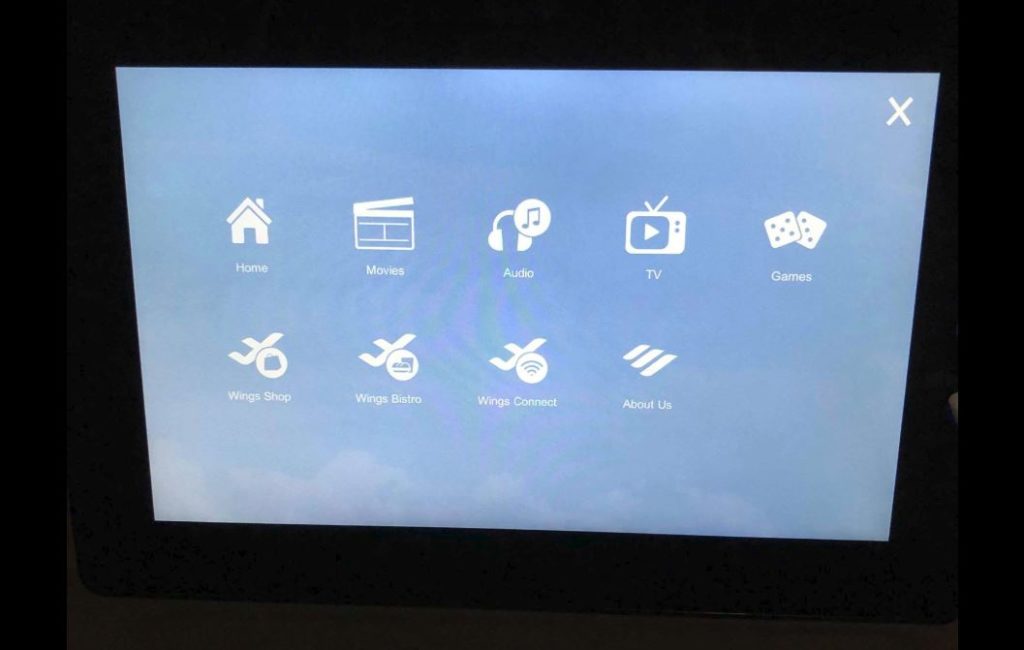DESCRIPTION I attended an event hosted by Intelligence Squared. It was a debate on the topic “The Techonomic Cold War With China”, and it addressed questions about which country will host the future technology stronghold.
INFO 601-02, Assignment 3. By: Erik Hannell
Technology is one of the most important elements of our modern society. Major technological developments have generated e.g. better healthcare, a cleaner environment, and more lucrative businesses, which in most cases have led to an improved world. The country with the most accelerating and advanced technological environment holds a great advantage, in regards to societal, as well as economic measures. There is a rather unanimous agreement of that the current technological mecca is located in the US, more specifically in the well-known area of Silicon Valley. However, there are split opinions on how much longer Silicon Valley will maintain its glorified status. Some are arguing that the future technology stronghold could possibly be situated in China.
WHAT HAPPENED? On February the 25th, 2019, Intelligence Squared hosted a debate on the topic “The Techonomic Cold War With China”, which addressed the split opinions about the future technological mecca mentioned above. Five experts within technology, economics, and politics presented their opinions for three questions, succeeded by an argumentative discussion. The participants were; Ian Bremmer (founder & president, Eurasia Group), Michèle Flournoy (co-founder and managing partner at WestExec and former U.S. Undersecretary of Defense for Policy), Yasheng Huang (professor at M.I.T Sloan and author), Parag Khanna (founder & managing partner, FutureMap) and Susan Thornton (senior fellow, Yale University, and former assistant secretary of state for East Asian and Pacific Affairs). The questions were; will the next Silicon Valley be located in China? Is the belt and road initiative a trillion-dollar blunder? Will the U.S. and China both lose the trade war?
All participants gave profound arguments and contributed to interesting discussions. They were all united about the fact that China is superior in one specific matter; they possess a lot of data. Furthermore, all debaters agreed upon Bremmer’s (2019) statement that “data is one of the most valuable assets in today’s society”. Another strong argument in favor of China was when Huang (2019) pointed out that China is a heavy investor in artificial intelligence, which is expected to in many ways revolutionize our society. Considering the significant investments in artificial intelligence, as well as the vast possession of data, China should be regarded by the USA as a severe threat in the competition for hosting the future technology capital of the world. However, as the debate unfolded, Thornton (2019) argued that China’s heavily restrictive policies prevent them from surpassing the US. She implied that, as long as China operates in a closed ecosystem, they will have a difficult time catching up with Silicon Valley. In addition to the disadvantage of having a lot of restrictions, Yasheng (2019) meant that China’s nature of being an authoritarian state is also a counterproductive factor in the race for becoming the new technology stronghold.
REFLECTION Data makes the foundation of the DIKW-pyramid (Ma, 2012). It is the main source of what becomes information. Hence, considering China’s vast possession of data, they have strong opportunities to generate wisdom. For wisdom is generated from knowledge, which is generated from information, which is generated from data.
The statement that Thornton (2019) made in regards to China’s difficulty of surpassing the US because of their restrictive policies made me think of how Lessig (1999) points out the advantages of open code, i.e. allowing everyone to participate in the development of running code by maintaining a transparent system. Applying the theory of open code to Chinese governing would, in other words, be beneficial and increase their opportunity of becoming hosts of the future technology stronghold. Restricting the work of scientists and researchers, in the frame for what is legal and morally acceptable, is never going to be a success factor for generating growth and positive development.
Adjunct to the restriction discussion above, McChesney (2013) states that media problems in authoritarian states are solved by making the media present news in favor of the dictator. Media is probably the most efficient tool for affecting the opinions of large amounts of people. Although not directly connected to technology, the authoritarian governing generates an indirect impact as it reduces interest from talented individuals and forefront technology companies to work and perform research in China. Democracy is essential for any thriving society in today’s world. This supports Yasheng’s (2019) statement of China’s harmful authoritarian governing. To add to this reflection, an authoritarian way of operating the media generates a situation where people receive biased news and information. Hence, residents and citizens of China could be defined as information outsiders (Chatham, 1996). Clearly, adding up to the contradictory arguments for a possible future Chinese “Silicon Valley”.
Conclusively, attending this event and reflecting upon it, made me realize the importance of open code and democracy in a society, not only in regard to its obvious benefits, such as equality but also in terms of competition as to who will become the next technological power.
REFERENCES
Chatham, E. (1996). The Impoverished Life-World of Outsiders. Journal of the American Society for Information Science, 47 (3): 193-206
Intelligence Squared. 2019, February 26. Techonomic Cold War with China. [Audio podcast]. Retrieved from https://www.intelligencesquaredus.org/debates/unresolved-techonomic-cold-war-china
Lessig, L. (1999). Open code and open societies: values of internet governance. Chicago Kent Law-Review 74, 101-116.
Ma, L. (2012), Meanings of Information: The assumptions and research consequences of three foundational LIS theories. Journal of the American Society for Information Science and Technology, 63 (4): 716-723.
McChesney, R.W. (2013) Digital Disconnect: How capitalism is turning Internet against democracy. New York, New York: The New Press.
Link to event: https://www.intelligencesquaredus.org/



